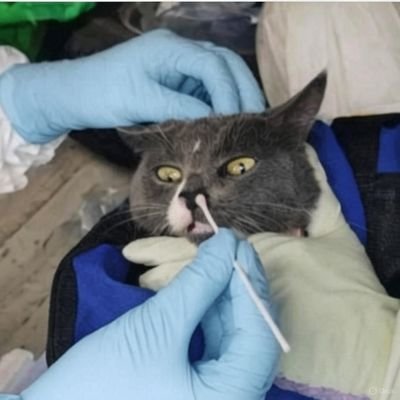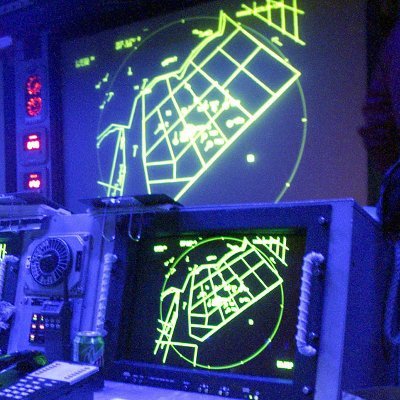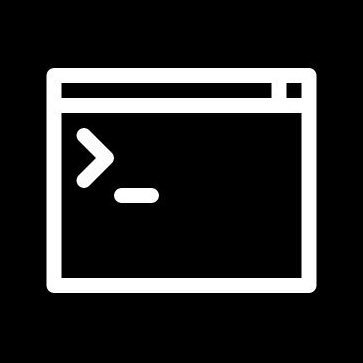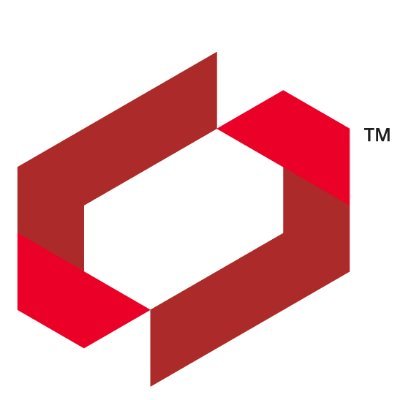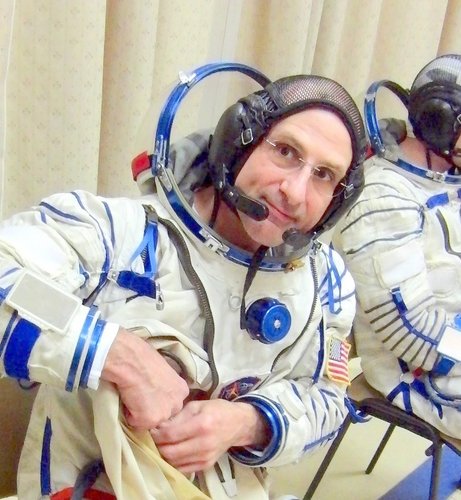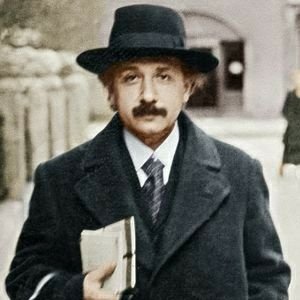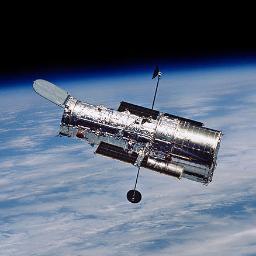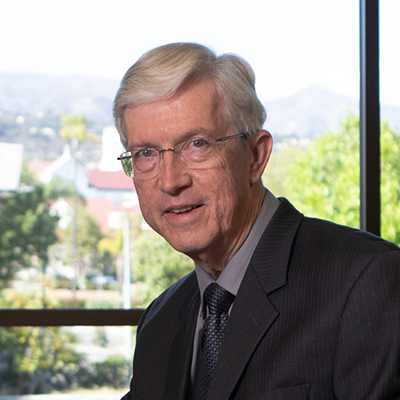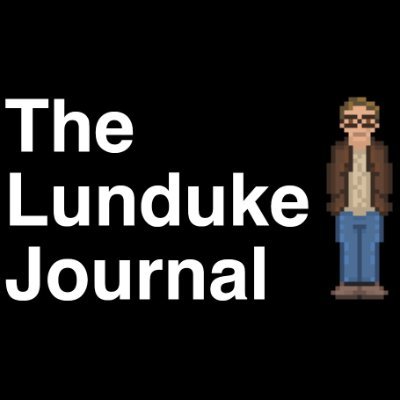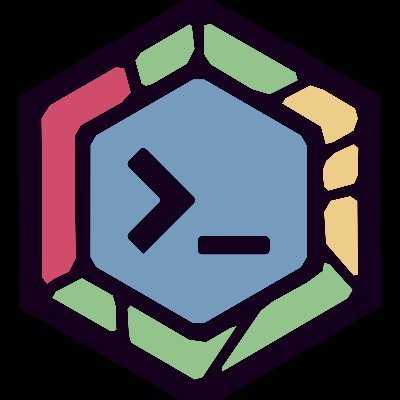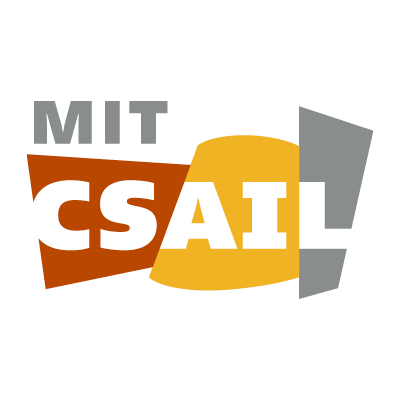
Understanding Linux: The Kernel Perspective
@unix_byte
Book "Understanding Linux: The Kernel Perspective" http://leanpub.com/linuxkernel/ Amazon: https://www.amazon.com/dp/B0FCBKCGGC v1.10 now released
Anda mungkin suka
AT&T Archives: The creators of UNIX talk about UNIX, circa 1980 John Mashey (of Mashey Shell) talks at 1:30 Brian Kernighan (K in 'awk') talks at 4:11 Ken Thompson and Dennis Ritchie appear together at 4:48 Ken Thompson talks at 13:00 youtube.com/watch?v=tc4ROC…




The 1969 Multics Condensed Guide shows that Multics already incorporated a number of features foundational to the development of Unix. The Multics command interpreter was designed by Louis Pouzin and Glenda Schroeder; a key innovation was that the command interpreter operated as…
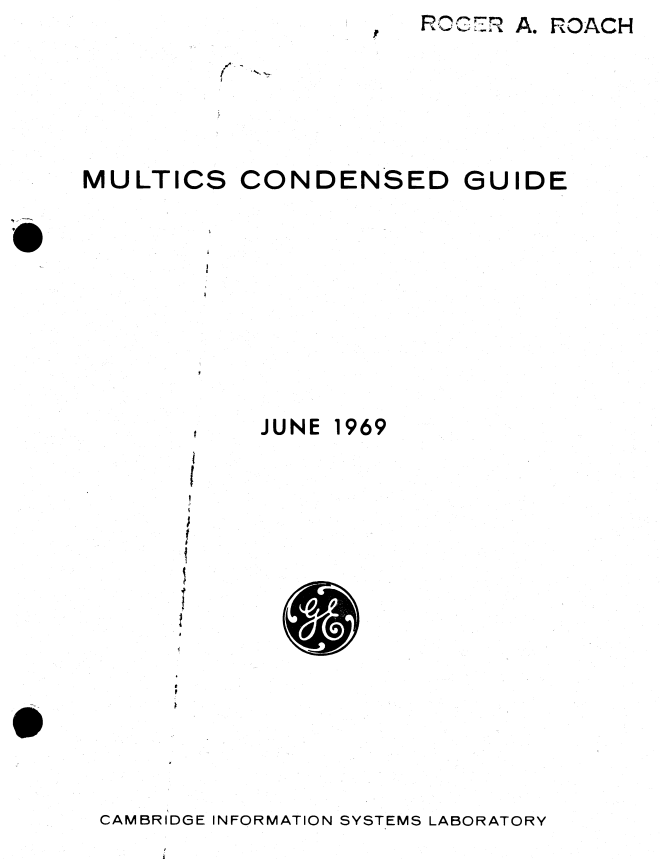
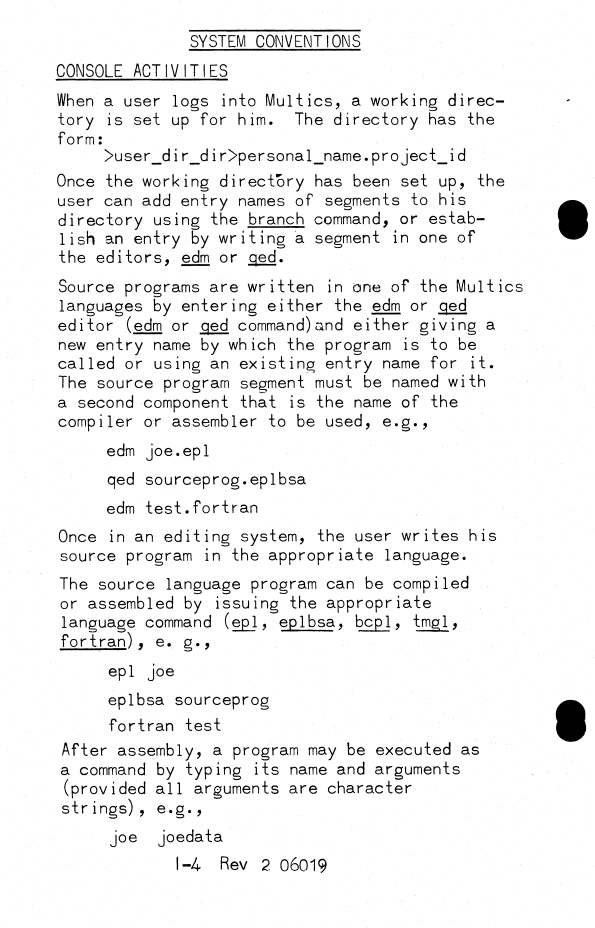
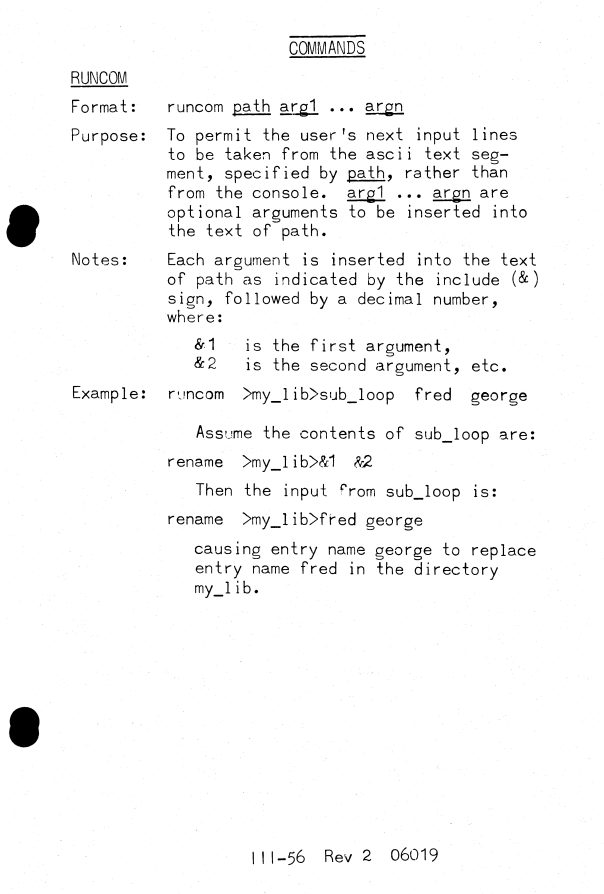
In 1993, Steve Jobs was largely absent from public following his departure from Apple in 1985. Jobs had founded NeXT, a company that produced high-end Unix workstations, but it struggled commercially. The entry-level NeXT workstation was priced around $5,000—approximately $15,000…
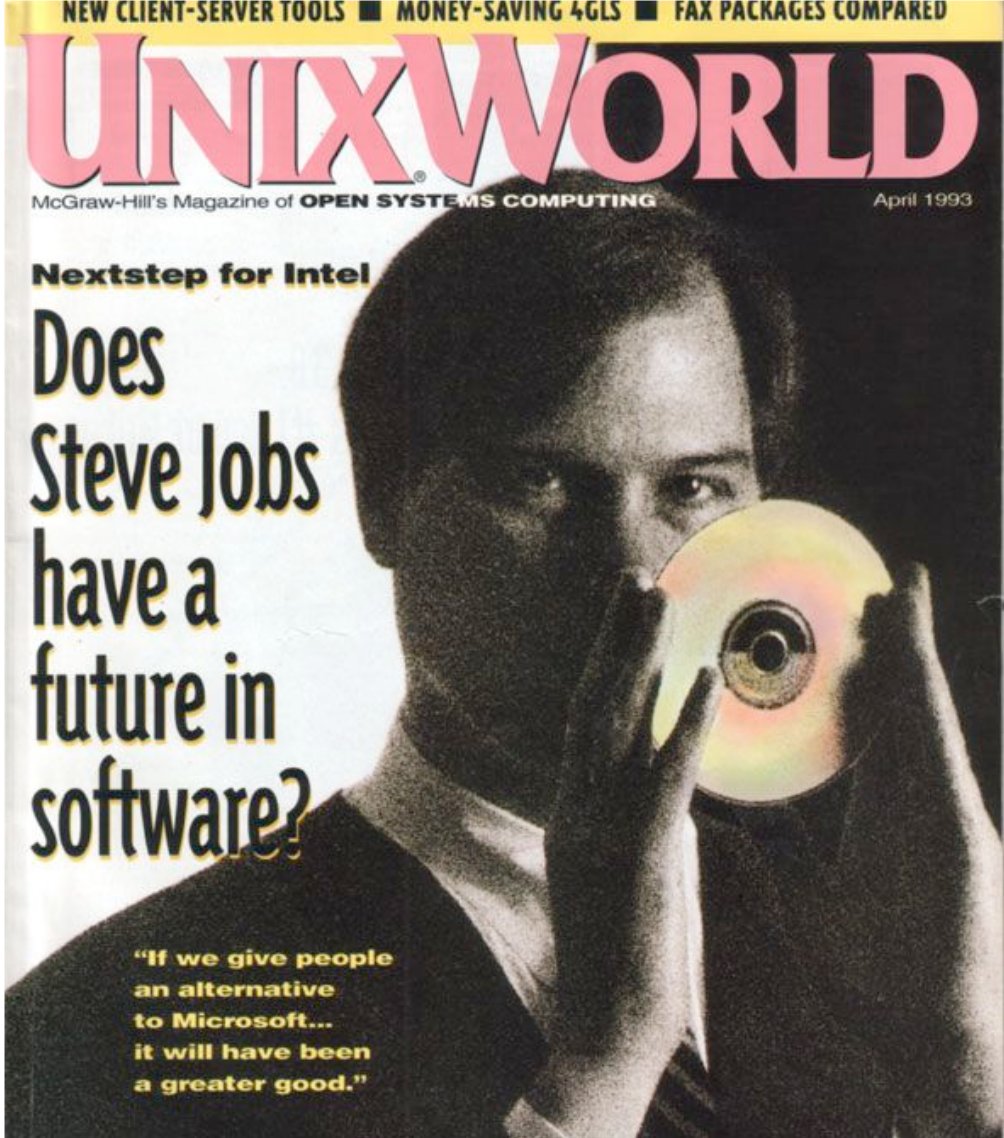
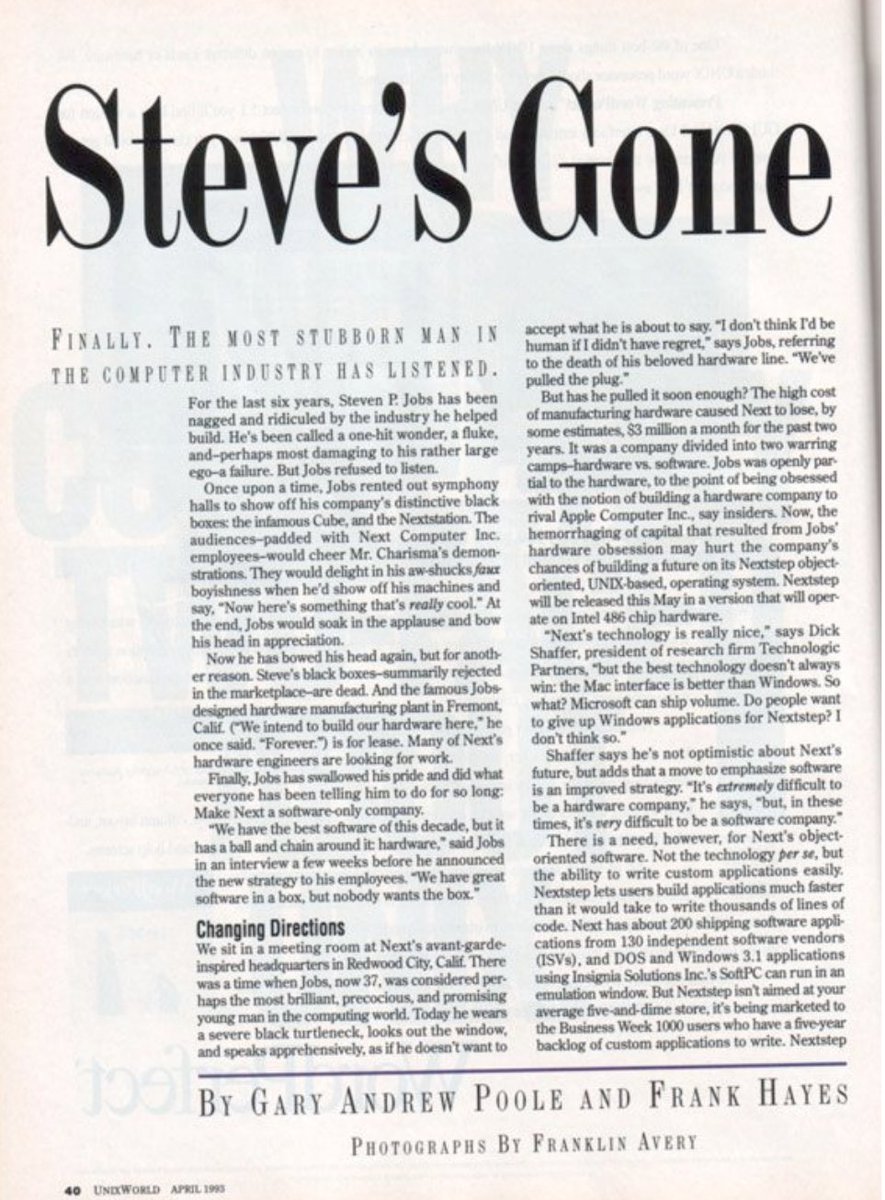
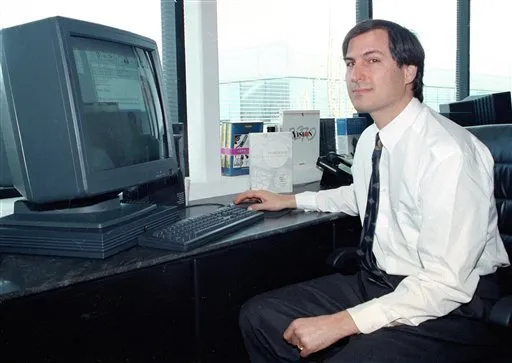
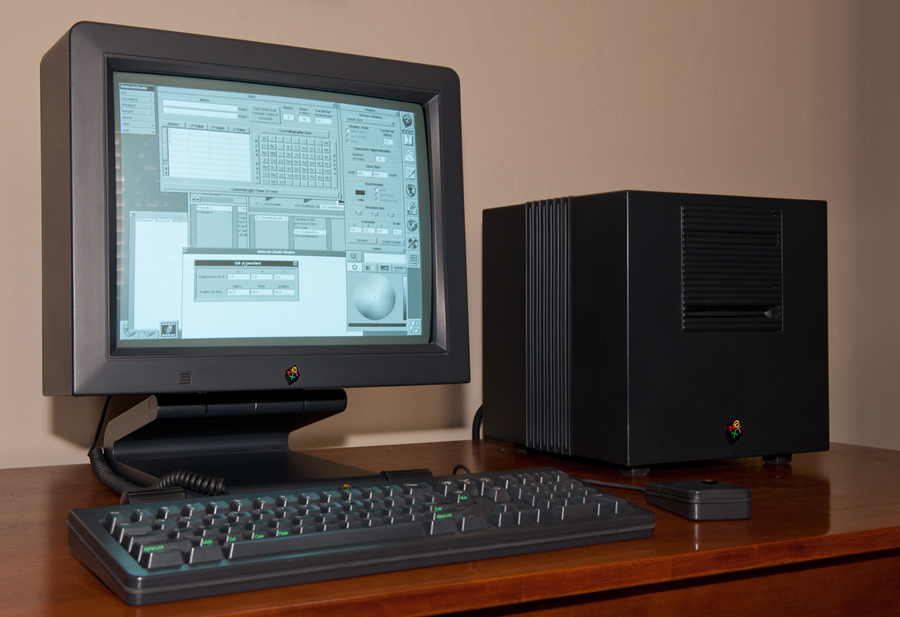
Ken Thompson is best known for his work on Unix. However, shortly before Unix, Ken implemented one of the first practical regular expression engines (Communications of the ACM, 1968). Since then, regular expressions have become integral to many Unix tools, and today nearly every…
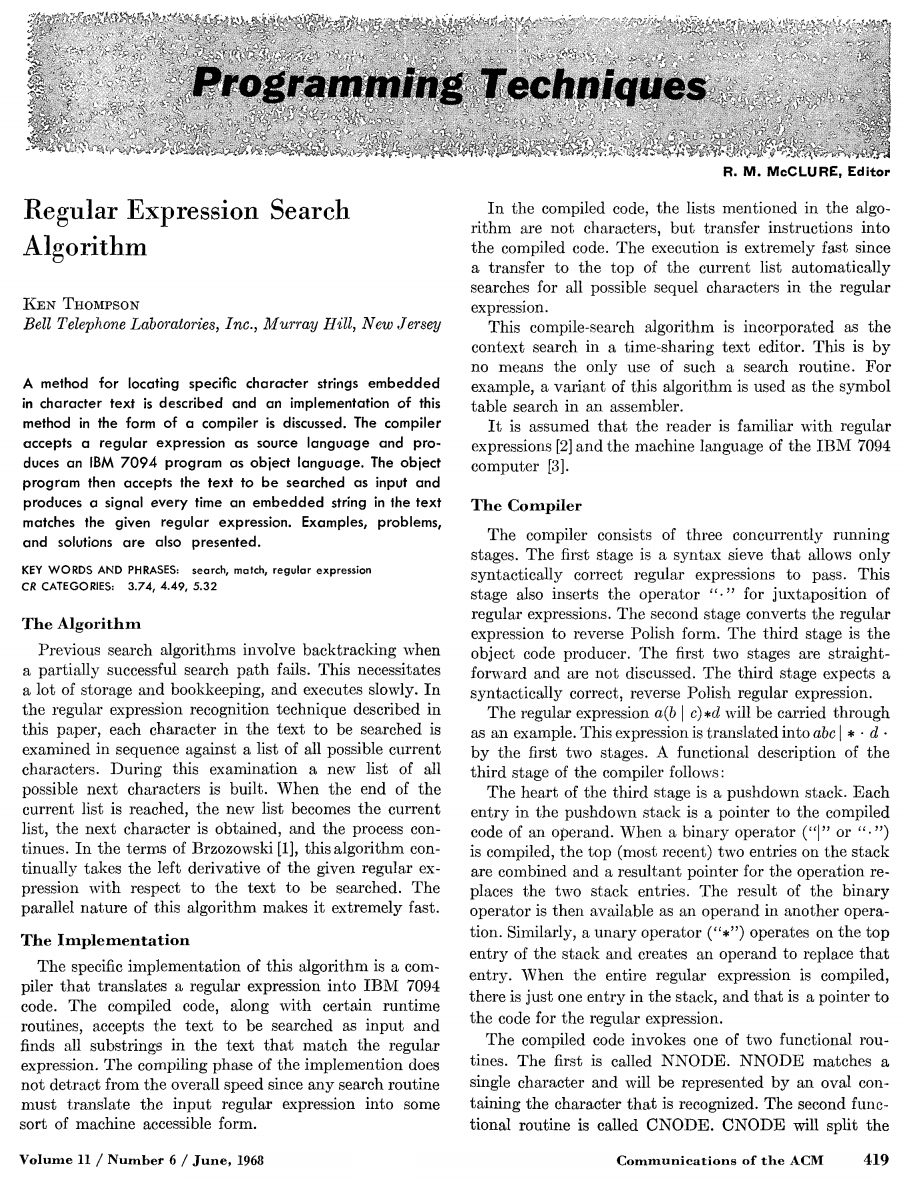
In 1983, Unix was already recognised for its elegance and portability. However, at the time, Unix's use was primarily academic and institutional; the broader open-source movement, including Linux and FreeBSD, was still years away. The August 1983 issue of BYTE was a special…

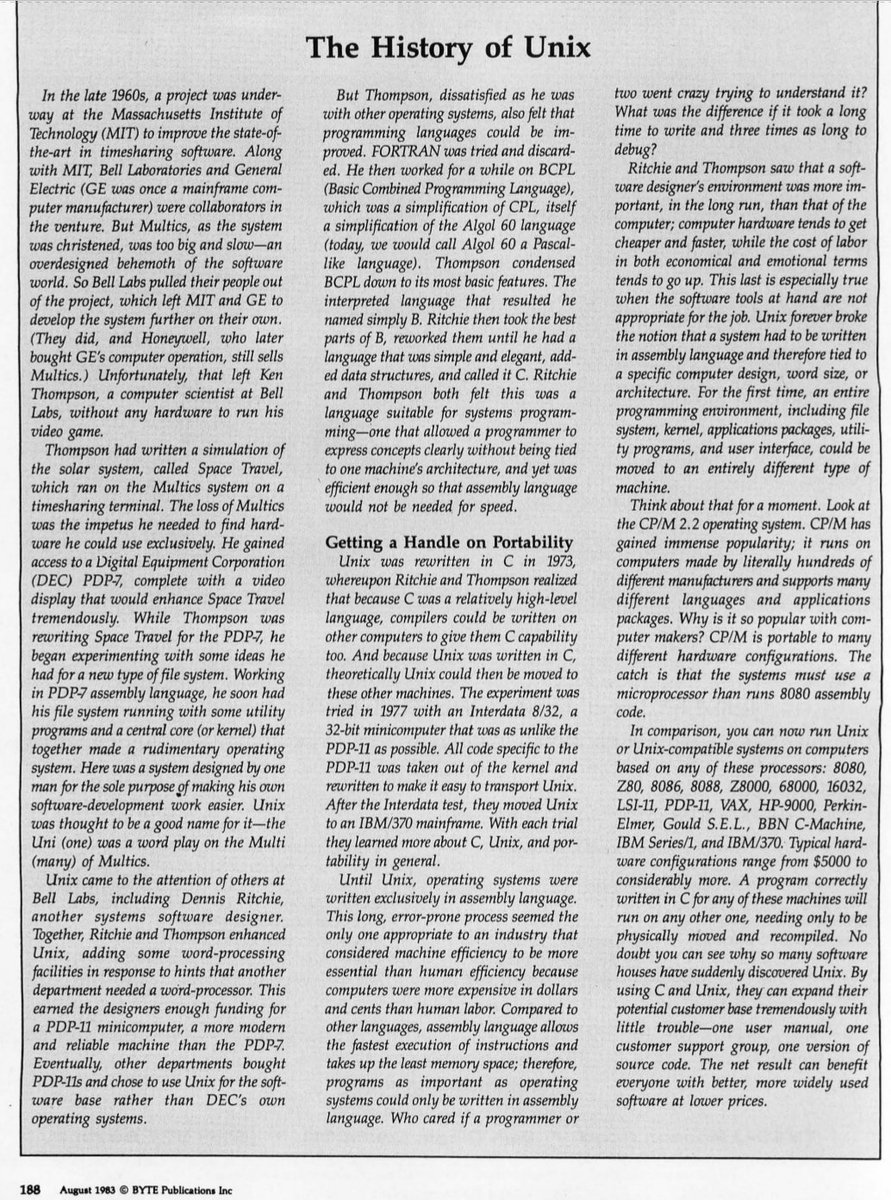
"I actually have no good idea at all...I guesstimate a user base of about 50,000 active users: that may be way off-base, but it doesn't sound too unlikely." Linus Torvalds answering Linux Journal on what his best guess was for Linux use in 1994 x.com/nixcraft/statu…
The clip from Computerworld (January 1981) reported that AT&T considered the Unix operating system a “scrap material”. Certain Jerry Dreyer, president of the Association of Data Processing Services Organizations, noted, "But this 'scrap' has sold well to academic users around…

The following news item appeared in BYTE, January 1980. The Association of Data Processing Service Organizations (ADAPSO) — a trade association representing companies that provided computer services — petitioned the U.S. Department of Justice to take action against AT&T for…

In 1991, Mathematica for an x386 PC cost $995 (approx. $2,000 today) and ran on a 33 MHz processor, while the PC itself would set you back around $2,500 ($5,000 today). Today, a much more powerful, battle-tested, and refined Mathematica comes free with a $50 Raspberry Pi, whose…

DEC VMS was a fierce rival to Unix and directly shaped the development of Microsoft's Windows NT. In 1988, David Cutler, one of DEC’s top engineers and a designer of VMS, was hired by Microsoft to lead the development of Windows NT. Cutler brought several VMS engineers with him,…

The DEC VT100 terminal, released by Digital Equipment Corporation (DEC) in 1978, was a general-purpose terminal that could interface with various mainframes and minicomputers via an RS-232 serial interface. The VT100's innovation was to replace custom logic circuits with a…
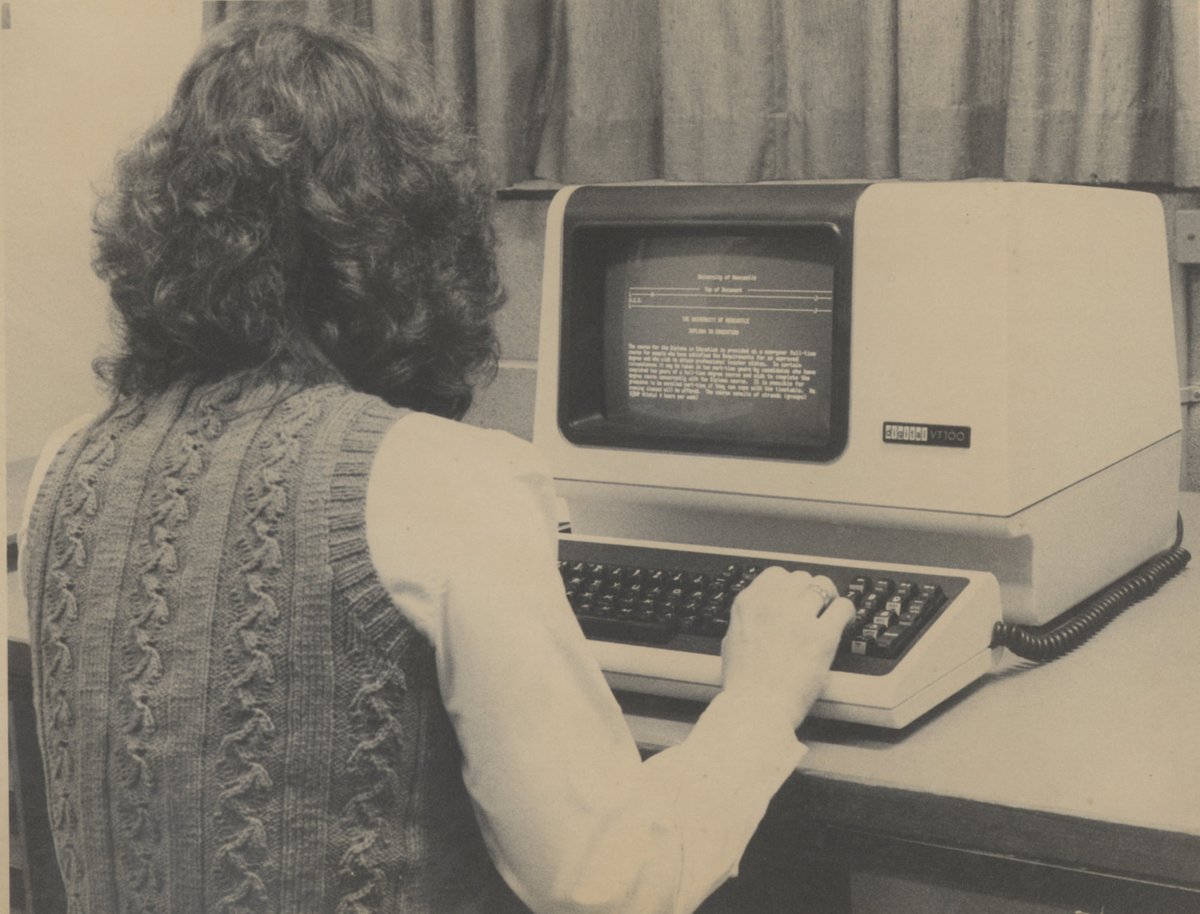
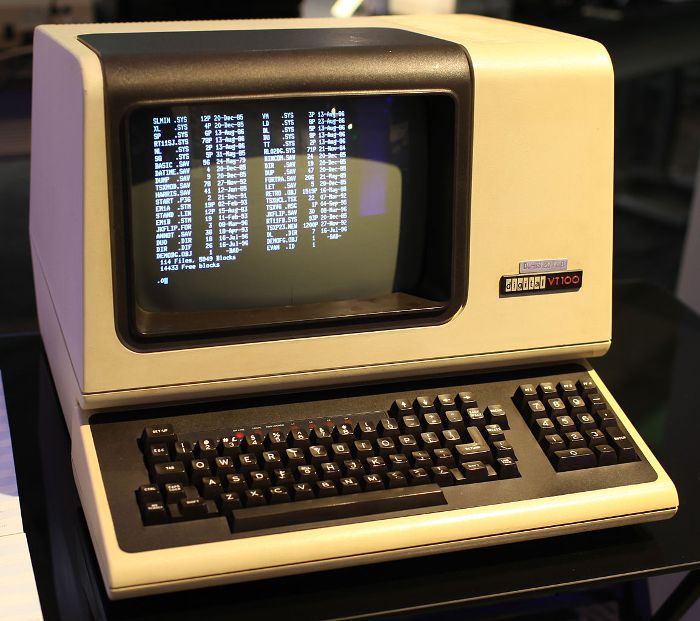
Until 1977, Unix primarily ran on the DEC PDP-11. In 1977, Digital Equipment Corporation (DEC) released the VAX-11/780—a significantly more powerful, 32-bit successor to the PDP-11. The VAX came with its own operating system, VMS. Almost immediately, Bell Labs began porting Unix…




In the late 1980s, Microsoft was co-developing OS/2 with IBM, intended as a successor to DOS and a competitor to Unix. By 1988, Microsoft had decided to create its own operating system, Windows NT; they hired Dave Cutler that same year, and full-scale development began in 1989.…
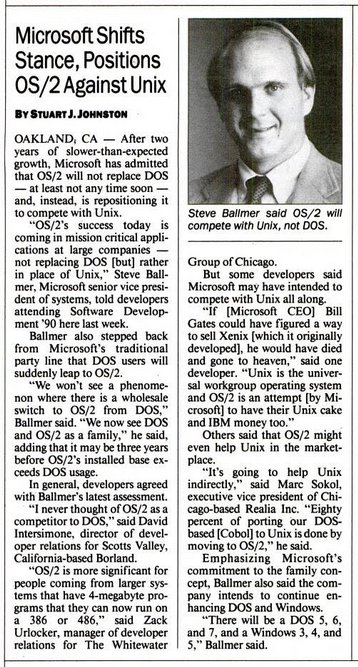
When the Atari 1040ST appeared in 1986, BYTE featured it on the cover with the headline: “A megabyte of memory for $999.” The 1040ST was the first mass-market computer to include one megabyte of RAM, a 16/32-bit Motorola 68000 CPU, and a graphical interface derived from Digital…


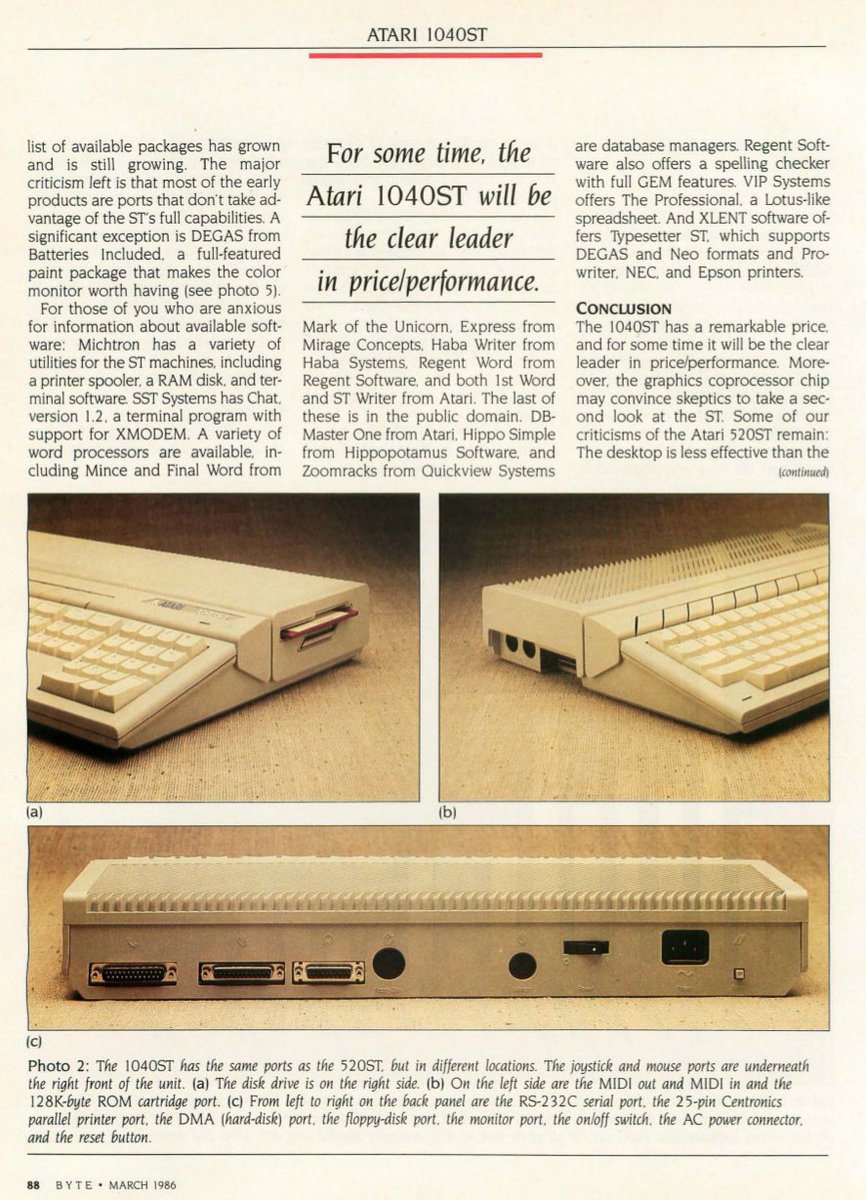
SIMULA, the first object-oriented programming language, was developed by Kristen Nygaard and Ole-Johan Dahl at the Norwegian Computing Center (NCC) between 1962 and 1964. SIMULA introduced the concepts of classes, objects, inheritance, and dynamic binding, providing the…

The SGI Iris Crimson was a flagship graphics server from Silicon Graphics Inc. (SGI), introduced in 1992, which briefly featured in the film Jurassic Park (1993). SGI technologies played a key role in the film’s production. Computerworld wrote in June 1993, “it was Unix…
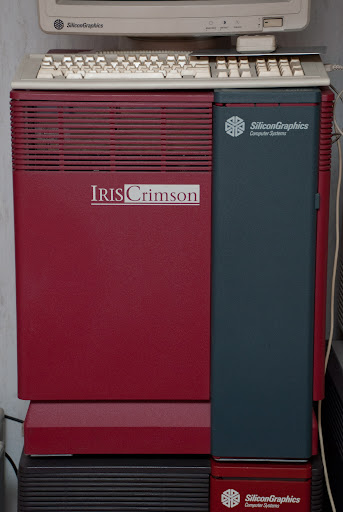

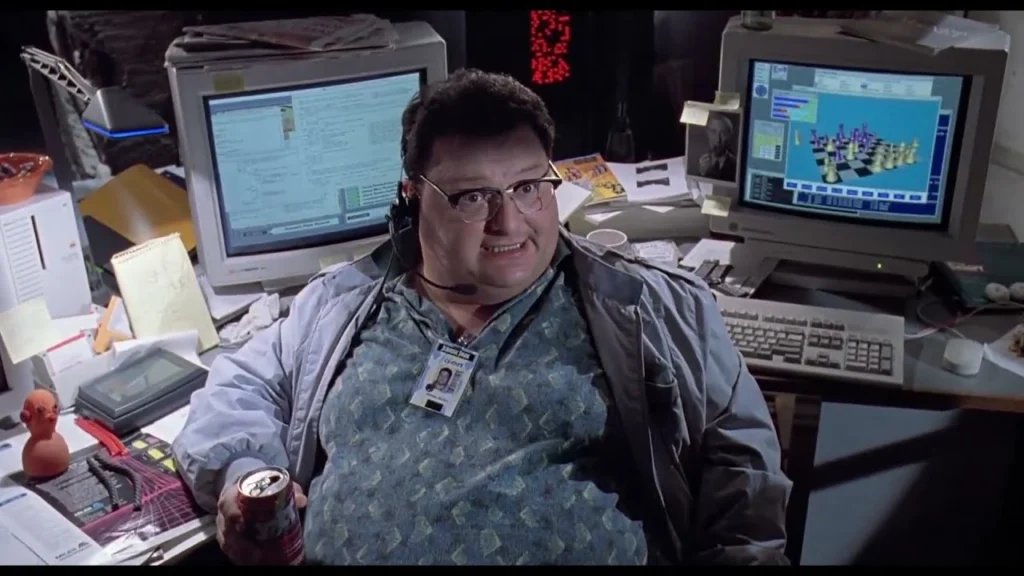

Some technical inaccuracies corrected. The initial Octane model supported a maximum of 2 GB of memory, while later motherboards allowed up to 8 GB. x.com/unix_byte/stat…

The Rolls-Royce of desktop computing in 1997 was the SGI Octane, introduced as the successor to the SGI Indigo2 and positioned as the high-end counterpart to the SGI O2. The Octane was SGI's first dual-processor desktop workstation initially using MIPS R10000 processors (later…


In a 1997 interview with BYTE, Scott McNealy, then CEO of Sun Microsystems, arguably the most renowned Unix company of the time, spoke disparagingly about Unix, remarking, “The problem with Unix is that nobody protected the brand to mean something and the brand lost value”. At…

By January 1997, Linux 2.x had established a reputation for stability and was often seen as a more reliable, higher-performing alternative to Windows on the server side. Yet the mainstream press coverage treated the idea that Java might replace Windows as more credible than the…

The Rolls-Royce of desktop computing in 1997 was the SGI Octane, introduced as the successor to the SGI Indigo2 and positioned as the high-end counterpart to the SGI O2. The Octane was SGI's first dual-processor desktop workstation initially using MIPS R10000 processors (later…


Silicon Graphics O2 workstation was introduced in October 1996. It used a single MIPS microprocessor, 32 MB of base memory (expandable, at the time, to an eye-popping 1 GB), and a 17” CRT monitor supporting 1280×1024 at 75 Hz. Later processor options included the R5000,…
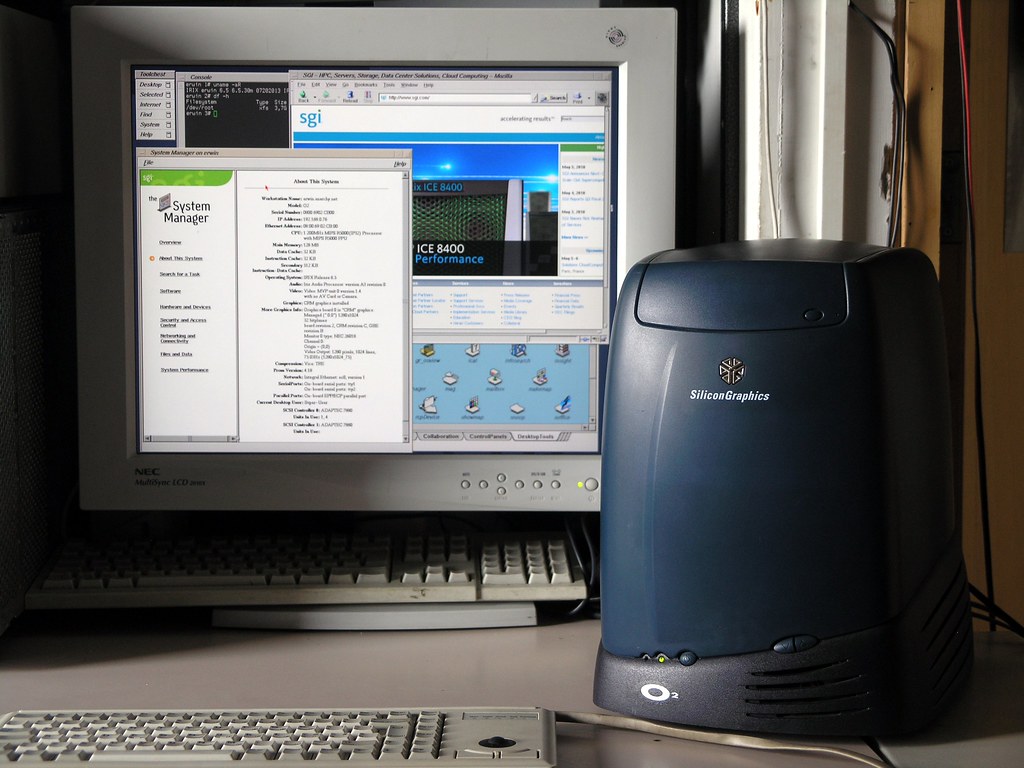
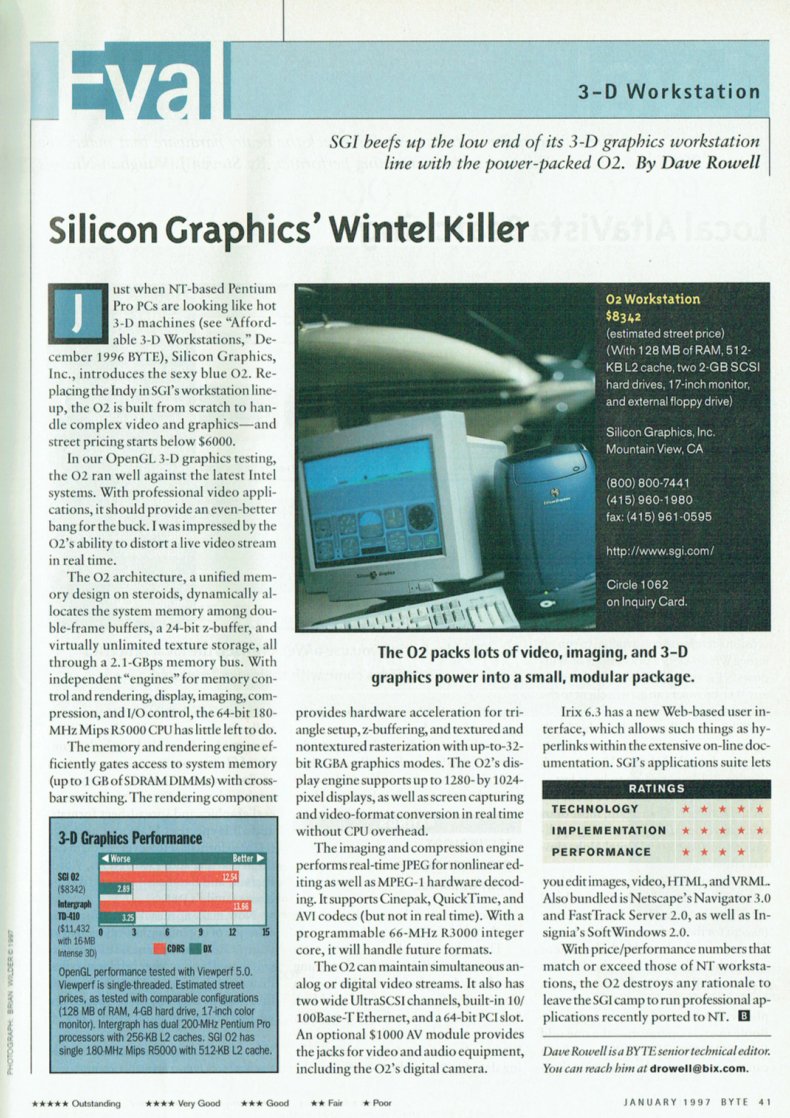

United States Tren
- 1. Jets 83.8K posts
- 2. Bengals 50.2K posts
- 3. Cowboys 22.4K posts
- 4. Eagles 114K posts
- 5. Giants 95.1K posts
- 6. Caleb 37.8K posts
- 7. Falcons 38.8K posts
- 8. Zac Taylor 5,218 posts
- 9. Browns 48.2K posts
- 10. Bo Nix 3,703 posts
- 11. Bears 65.5K posts
- 12. Myles Garrett 8,901 posts
- 13. Ravens 50.3K posts
- 14. Drake Maye 17.4K posts
- 15. #MexicoGP 119K posts
- 16. Dolphins 28.1K posts
- 17. Blaney 3,873 posts
- 18. 49ers 31.1K posts
- 19. Rattler 3,824 posts
- 20. Skattebo 45.3K posts
Anda mungkin suka
-
 Dr. Ehoneah Obed
Dr. Ehoneah Obed
@ehoneahobed -
 𝐃𝐨𝐡𝐨𝐮 𝐃𝐚𝐧𝐢𝐞𝐥 𝐅𝐚𝐯𝐨𝐮𝐫 ™
𝐃𝐨𝐡𝐨𝐮 𝐃𝐚𝐧𝐢𝐞𝐥 𝐅𝐚𝐯𝐨𝐮𝐫 ™
@DohouDaniel10 -
 nixCraft 🐧
nixCraft 🐧
@nixcraft -
 OpenBSD
OpenBSD
@openbsd -
 @[email protected]
@[email protected]
@CompileExplore -
 Paul E. McKenney
Paul E. McKenney
@paulmckrcu -
 GCC - GNU Toolchain
GCC - GNU Toolchain
@gnutools -
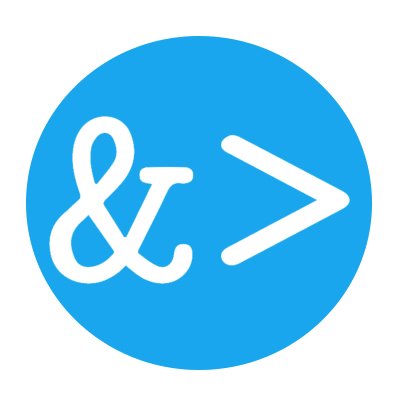 Unix tool tip
Unix tool tip
@UnixToolTip -
 FreeBSD Frau
FreeBSD Frau
@freebsdfrau -
 turnoff.us
turnoff.us
@turnoff_us -
 GaryH Tech
GaryH Tech
@GaryHTech -
 RetroTech Chris
RetroTech Chris
@RetroTechChris -
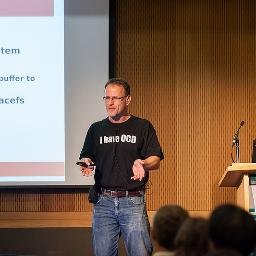 Steven Rostedt
Steven Rostedt
@srostedt -
 ed(1) Conference
ed(1) Conference
@ed1conf -
 Deb Goodkin @dgoodkin.bsky.social
Deb Goodkin @dgoodkin.bsky.social
@dgoodkin
Something went wrong.
Something went wrong.
































